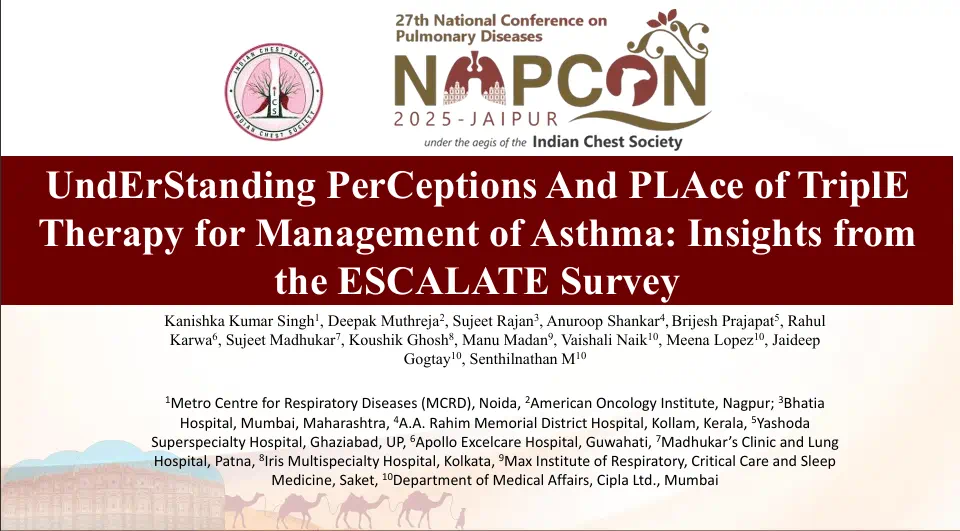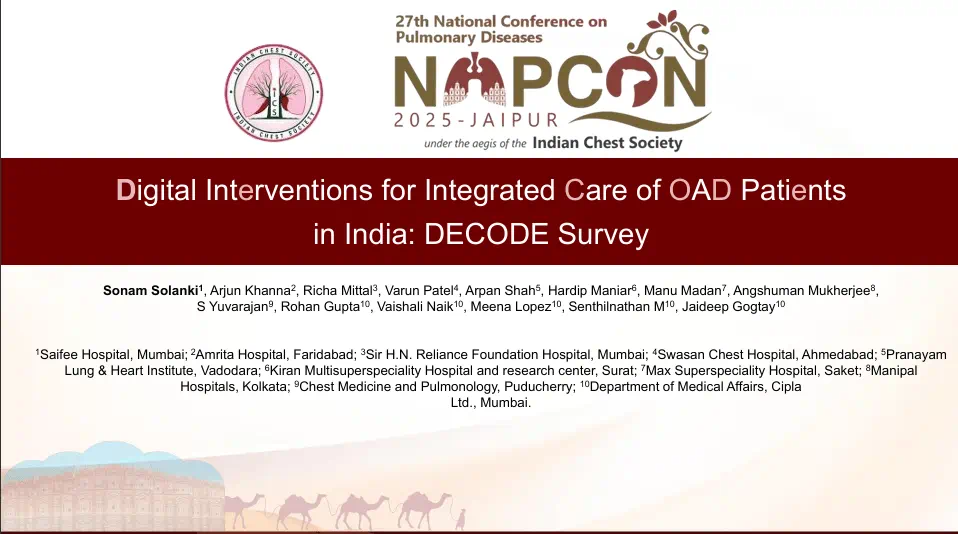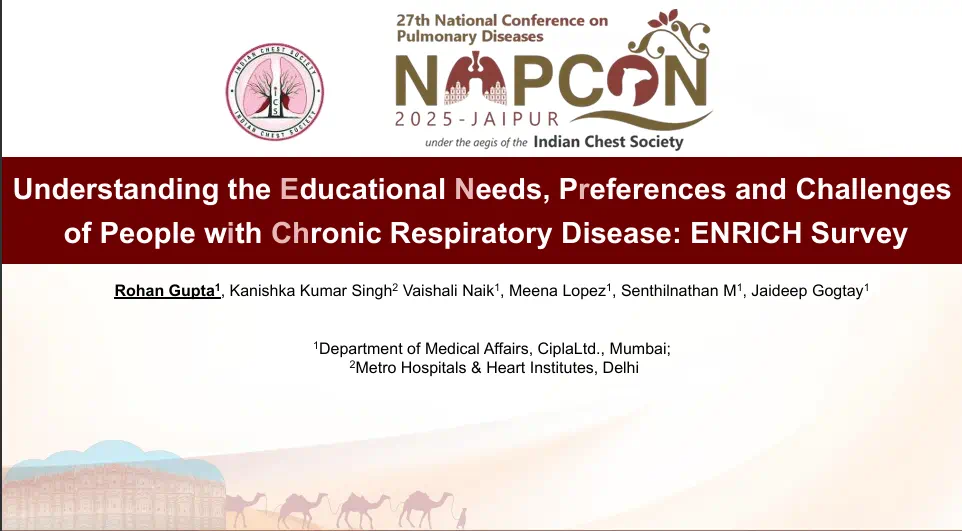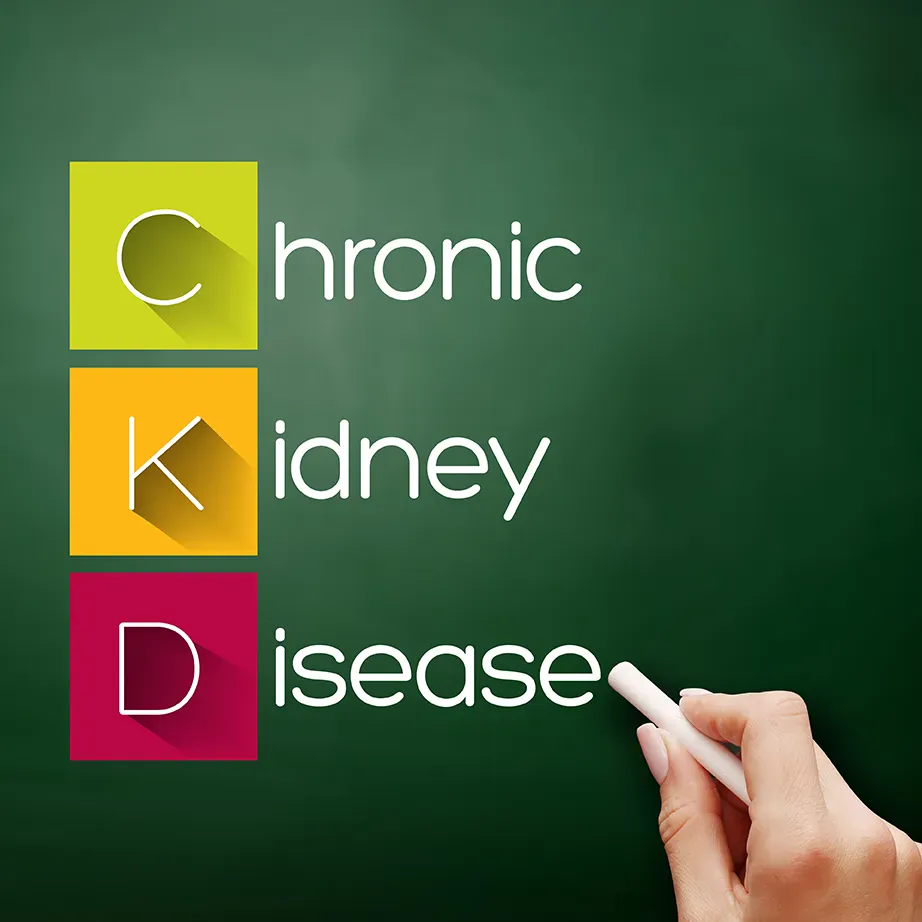Impact of Fluid Overload on Cardiac Structure and Function in Diabetes Patients with Non-dialysis Dependent Stage 5 CKD
Introduction
Patients with diabetes and chronic kidney disease (DM and CKD; DMCKD) frequently have fluid overload, which leads to structural and functional cardiac abnormalities including left ventricular hypertrophy (LVH) and left ventricular diastolic dysfunction (LVDD). Fluid overload crucially impacts the pathophysiological pathways to chronic heart failure in patients with end-stage renal disease and should therefore be essentially assessed for short-term as well long-term outcomes.
Aim
To determine the impact of fluid overload on cardiac alterations in patients with diabetes and non-dialysis-dependent CKD stage 5 (DMCKD5-ND) without intrinsic heart disease
Patients Profile
- Patients with DMCKD stage 5 who were hospitalized to plan their first dialysis treatment (n=135)
Methods
Study Design
- Retrospective, observational study
Outcomes
- Alterations in the cardiac structure and cardiac functioning
Assessments
- Bioimpedance spectroscopy for assessment of volume status. Patients were categorized into tertiles of overhydration/extracellular water (OH/ECW), based on the findings from bioimpedance spectroscopy
- Echocardiography for assessment of heart structure
- Assessment of N-terminal prohormone of B-type natriuretic peptide (NT-proBNP)
Results
- Mean age of the male patients was 59.53 years and that of females was 61.11 years. Mean estimated glomerular filtration rate (eGFR) was 7.11 ml/min/1.73 m2. Nearly 74.81% patients had fluid overload when defined as OH/ECW above 7%, 57.04% patients had severe fluid overload defined as OH/ECW above 15%.
- Of the entire study population, 21 had LVDD, 30 had LVH, and 49 had LVDD + LVH, and 35 patients with CKD served as control arm
- Patients with LVDD + LVH had significantly higher levels of fluid balance markers including OH/ECW and NT-proBNP.
- OH/ECW and its exacerbation positively correlated with the ratio between early mitral inflow and annular early diastolic velocities (E/e0 ratio) and left ventricular mass index (LVMI). The prevalence of LVH progressively and significantly increased across increasing tertiles of OH/ECW (Table 1).
|
OH/ECW Tertile |
LVH Prevalence |
P value |
|
1 (<10.60) |
35% |
<0.001 |
|
2 (10.60–24.68) |
65.9% |
<0.001 |
|
3 (>24.68%) |
72.7% |
<0.001 |
- As per multiple regression analyses, adjusted for multiple confounding factors, OH/ECW as a continuous and categorical variable was independently associated with the E/e0 ratio and LVMI.
- OH/ECW and NT-proBNP as categorical variables were significantly associated with LVMI, suggesting on their involvement in the development of LVDD and LVH in patients with diabetes and CKD5-ND who are free of intrinsic heart disease.
Conclusions
- Fluid overload was independently associated with LVDD and LVH in patients with DMCKD5-ND
- Structural and functional cardiac abnormalities and volume status should be evaluated simultaneously in patients with early-stage DMCKD rather than only DMCKD5-ND.
- Intensive blood pressure and glycemic control are essential in this patient population, irrespective of evident cardiovascular disease in them.
PLOS ONE. July 30, 2020 (Published Online); DOI: 10.1371/journal.pone.0235640.









